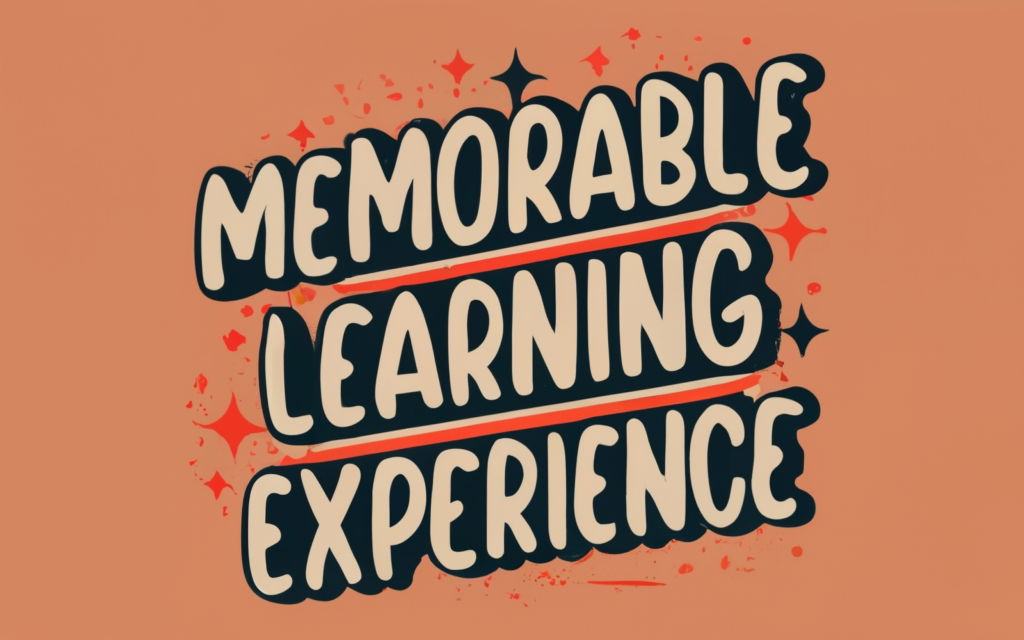Rather than just listing the reasons, let me share a story to illustrate the importance of Mental Agility.

We were working with a large retail company that was struggling to adapt to the rapid growth of e-commerce. Many leaders were stuck thinking in a linear way—they assumed growth would continue at a steady pace and didn't see the coming disruption.
However, one forward-thinking executive, Sandra, recognized that exponential technologies like AI and automation were about to massively disrupt the retail landscape. She tried to get her colleagues to reframe the situation and look for innovative ways to adapt.
The trouble Sandra faced was that everyone else suffered from low Mental Agility. When the brain feels threatened by change, it triggers an amygdale hijack response that narrows perspectives, impairs cognitive flexibility, and leads to closed-mindedness. Sandra's coworkers felt overwhelmed and anxious about the changes in the industry. They clung to what they knew and resisted reframing the situation or considering creative solutions.
This low Mental Agility had ripple effects across the organization. Innovation stalled because people lacked the cognitive flexibility to see old problems in new ways. Stress levels rose as employees worried about the future. Collaboration suffered as rigid perspectives caused conflicts. Adaptability plummeted which left the company vulnerable to competitors.
In contrast, Sandra was able to maintain her Mental Agility. She practiced mindfulness to reduce stress, leading to more neural connections and plasticity. She intentionally sought diverse perspectives to challenge her thinking. And she focused on organizational health and psychological safety to create an environment where people felt safe to take prudent risks.
Her high Mental Agility allowed Sandra to reframe challenges as opportunities, rapidly test and iterate on new ideas, and mobilize people towards a shared vision. It became a competitive advantage for the company during incredibly uncertain times.
This story illustrates why Mental Agility must be a top priority for any organization facing disruption. It is the cognitive foundation that allows people and organizations to continuously adapt, innovate, collaborate, and thrive in exponentially changing business environments. By cultivating it at all levels, companies can future-proof themselves.
